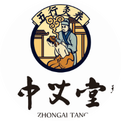
All diseases arise from stasis; stasis accelerates aging.Traditional Chinese Medicine (TCM) states: all diseases arise from stasis; the process of aging is the continuous blockage of meridians.By the age of fifty, approximately 50% of the body may experience stasis, leading to rapid aging.The reason for different pain locations and diseases is due to different areas being blocked by stasis. Stasis is also significantly related to asthma, psoriasis, depressive disorders, and gynecological diseases; dampness is closely related to the functions of the spleen, stomach, and kidneys, as well as muscular diseases and macular degeneration; food stasis is significantly related to cardiovascular diseases, gallbladder and pancreatic diseases, and purulent infections.It is said: tumors are not formed by the balance of yin and yang, but by the stasis of blood and turbid qi in the five organs.Toxins and stasis are the waste products in the body, constantly produced. A series of blockages can lead to dysfunction of the organs, disharmony of qi and blood, accumulation of turbid evils, which gradually accumulates and can turn into cancer.※ How to Self-Check for Stasis Toxins
Causes of Blood Stasis:
1. Trauma, such as miscarriage or cesarean section.
2. Exposure to cold or heat:Blood flows when warm, but coagulates when cold.Consuming cold drinks, air conditioning, and wearing thin clothing are all contributing factors.However, excessive heat can damage blood vessels, leading to stagnation and stasis.
3. Emotional instability can also cause stasis; if emotions are repressed, qi movement becomes obstructed, leading to poor blood circulation.
What Exactly is Blood Stasis?In TCM, “blood stasis syndrome” refers to the obstruction of blood flow, stagnation, or blood leaving the meridians, or the blood itself being impure, along with a series of complex clinical symptoms in patients with chronic diseases.“Stasis,” according to the “Shuowen Jiezi,” means: “accumulated blood.”In the “Emergency Chapters,” it is noted:“Stasis is a disease of accumulated blood.”In the “Duan’s Shuowen Jiezi,” it is noted: “A disease of blood accumulating in the body.”In the “Jinkui Yaolue,” “blood stasis” is first treated as a separate disease for diagnosis and treatment.In the “Blood Syndrome Theory,” it is proposed: “If blood leaves the meridians and is not expelled, it is called blood stasis.”Throughout historical literature, the Sui Dynasty’s Chao Yuanfang accurately summarized “blood stasis” as “blood flow losing its degree.”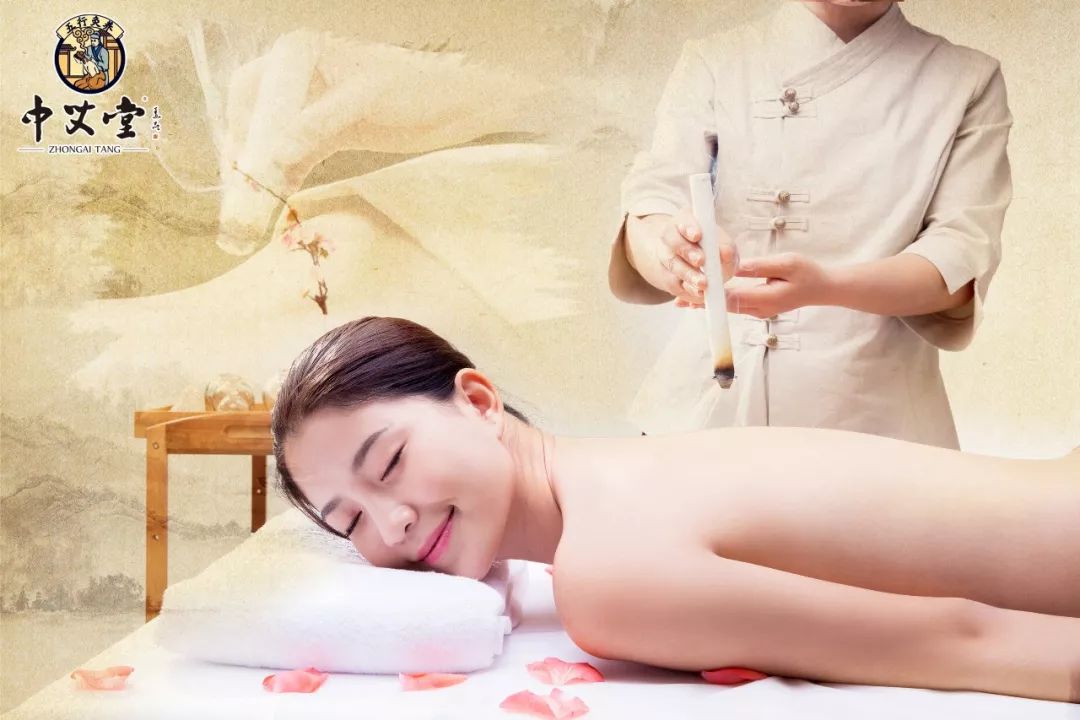 The “Treatise on the Origins of Diseases: Falling and Injury Stasis” states: “Blood in the body moves with qi and should not accumulate. If due to falling and injury, blood flow loses its degree, it will accumulate at the site of injury; if it flows into the abdomen, it will also accumulate and not disperse, all becoming blood stasis.”The so-called “loss of blood flow degree” refers to the blood flow losing its normal “degree.” Specifically,it includes four states: slow and stagnant blood flow, dead blood blocking blood vessels, blood vessels being obstructed and not passing through, and blood leaving the meridians and accumulating.Blood stasis refers to blood that is coagulated and not flowing, which is a pathological product of blood stasis. Blood stasis is the cause of blood stasis; once blood stasis occurs, it inevitably affects the normal flow of blood, leading to and exacerbating the pathological state of blood stasis, creating a reciprocal relationship between the two.In summary, TCM believes that blood stasis is a condition of “accumulated blood” and “stored blood” caused by the “loss of blood flow degree.”Chronic illness inevitably leads to stasis; all diseases are due to stasis.TCM holds that “chronic illness inevitably leads to stasis” and “all diseases are due to stasis”Any deficiency of blood, heat toxins, cold coagulation, or qi stagnation can lead to varying degrees of “blood stasis.”Blood stasis syndrome is the pathological basis for many diseases such as stroke, bi syndrome, and tumors. Historically, the study of invigorating blood and resolving stasis has mostly focused on TCM herbal research, with few experimental studies on acupuncture for invigorating blood and resolving stasis.Moxibustion, which is warm and spicy, opens the meridians, promotes qi and invigorates blood, has a blood-invigorating and stasis-resolving effect, but its mechanism is still unclear. A research group used a rat model of cold coagulation blood stasis to observethe effects of moxibustion on the “Shen Shu” (Kidney Back) pointon blood rheology, oxygen free radicals, endothelial secretion function, cytokines, and central nervous system neurotransmitter levels, exploring the mechanism of moxibustion’s blood-invigorating and stasis-resolving effects.
The “Treatise on the Origins of Diseases: Falling and Injury Stasis” states: “Blood in the body moves with qi and should not accumulate. If due to falling and injury, blood flow loses its degree, it will accumulate at the site of injury; if it flows into the abdomen, it will also accumulate and not disperse, all becoming blood stasis.”The so-called “loss of blood flow degree” refers to the blood flow losing its normal “degree.” Specifically,it includes four states: slow and stagnant blood flow, dead blood blocking blood vessels, blood vessels being obstructed and not passing through, and blood leaving the meridians and accumulating.Blood stasis refers to blood that is coagulated and not flowing, which is a pathological product of blood stasis. Blood stasis is the cause of blood stasis; once blood stasis occurs, it inevitably affects the normal flow of blood, leading to and exacerbating the pathological state of blood stasis, creating a reciprocal relationship between the two.In summary, TCM believes that blood stasis is a condition of “accumulated blood” and “stored blood” caused by the “loss of blood flow degree.”Chronic illness inevitably leads to stasis; all diseases are due to stasis.TCM holds that “chronic illness inevitably leads to stasis” and “all diseases are due to stasis”Any deficiency of blood, heat toxins, cold coagulation, or qi stagnation can lead to varying degrees of “blood stasis.”Blood stasis syndrome is the pathological basis for many diseases such as stroke, bi syndrome, and tumors. Historically, the study of invigorating blood and resolving stasis has mostly focused on TCM herbal research, with few experimental studies on acupuncture for invigorating blood and resolving stasis.Moxibustion, which is warm and spicy, opens the meridians, promotes qi and invigorates blood, has a blood-invigorating and stasis-resolving effect, but its mechanism is still unclear. A research group used a rat model of cold coagulation blood stasis to observethe effects of moxibustion on the “Shen Shu” (Kidney Back) pointon blood rheology, oxygen free radicals, endothelial secretion function, cytokines, and central nervous system neurotransmitter levels, exploring the mechanism of moxibustion’s blood-invigorating and stasis-resolving effects.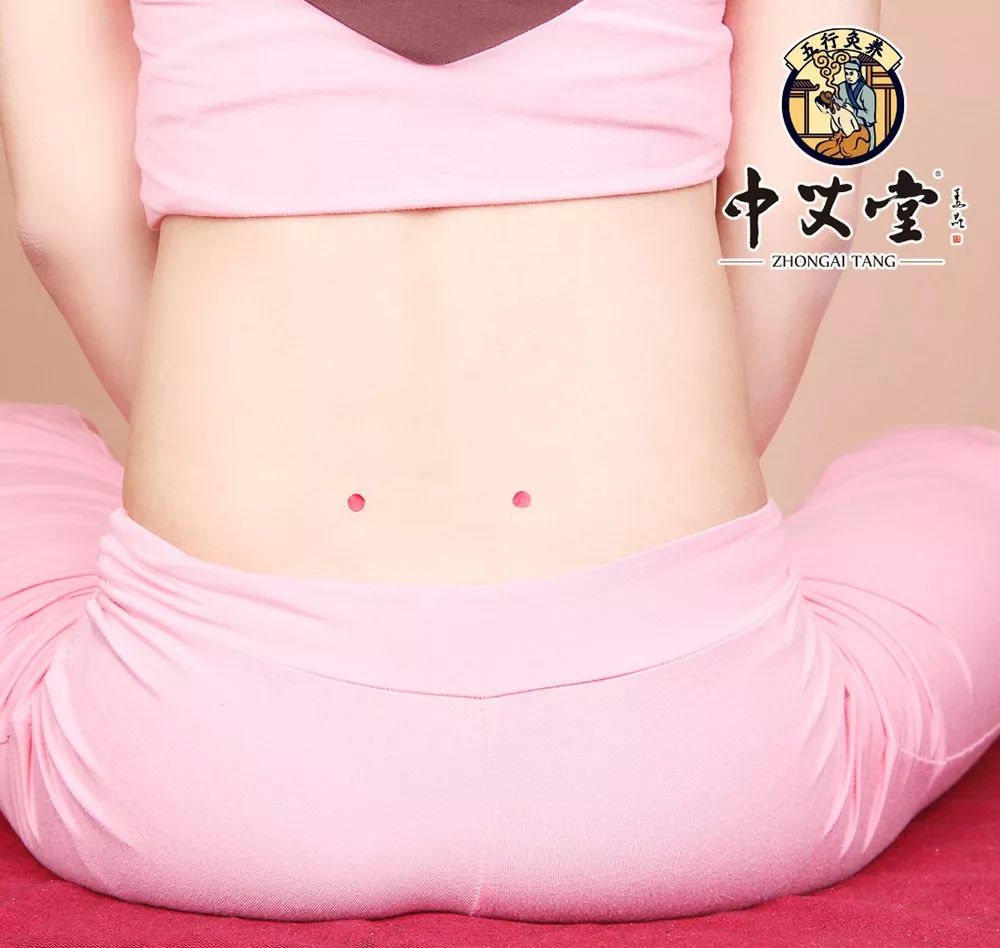 Moxibustion Method:Suspended moxibustion. Use warm moxibustion once a day for 15 minutes, for 7 consecutive days.※ Observations of Results1. Moxibustion has a blood-invigorating and stasis-resolving effect.Rats with cold coagulation blood stasis, after continuous exposure to wind, cold, and dampness, typically first exhibit symptoms of wind-cold exterior syndrome such as aversion to wind and cold, sneezing, runny nose, fever, and increased thirst. After being exposed to low temperatures for 2-3 weeks, the model rats showed symptoms of cold coagulation blood stasis such as aversion to cold, preference for warmth, reduced appetite, loose stools, curled posture, and purple coloration of the lips, nose, and ears.After one week of moxibustion on the “Shen Shu” point, the above symptoms significantly improved. Compared to the control group, the rats showed increased activity, food intake, weight gain, firmer stools, shiny fur, and the purple color of the lips, nose, and ears changed to red.Artemisia leaves are warm, spicy, and bitter. Warmth can dispel cold, spiciness can open the orifices, and bitterness can clear obstructions. Research has shown that moxibustion can enhance the rats’ resistance to wind and cold, alleviate or improve general symptoms of cold coagulation blood stasis, improve circulation, and achieve blood-invigorating and stasis-resolving effects by warming the meridians, promoting qi and invigorating blood, reducing swelling, and supporting the body’s recovery.
Moxibustion Method:Suspended moxibustion. Use warm moxibustion once a day for 15 minutes, for 7 consecutive days.※ Observations of Results1. Moxibustion has a blood-invigorating and stasis-resolving effect.Rats with cold coagulation blood stasis, after continuous exposure to wind, cold, and dampness, typically first exhibit symptoms of wind-cold exterior syndrome such as aversion to wind and cold, sneezing, runny nose, fever, and increased thirst. After being exposed to low temperatures for 2-3 weeks, the model rats showed symptoms of cold coagulation blood stasis such as aversion to cold, preference for warmth, reduced appetite, loose stools, curled posture, and purple coloration of the lips, nose, and ears.After one week of moxibustion on the “Shen Shu” point, the above symptoms significantly improved. Compared to the control group, the rats showed increased activity, food intake, weight gain, firmer stools, shiny fur, and the purple color of the lips, nose, and ears changed to red.Artemisia leaves are warm, spicy, and bitter. Warmth can dispel cold, spiciness can open the orifices, and bitterness can clear obstructions. Research has shown that moxibustion can enhance the rats’ resistance to wind and cold, alleviate or improve general symptoms of cold coagulation blood stasis, improve circulation, and achieve blood-invigorating and stasis-resolving effects by warming the meridians, promoting qi and invigorating blood, reducing swelling, and supporting the body’s recovery.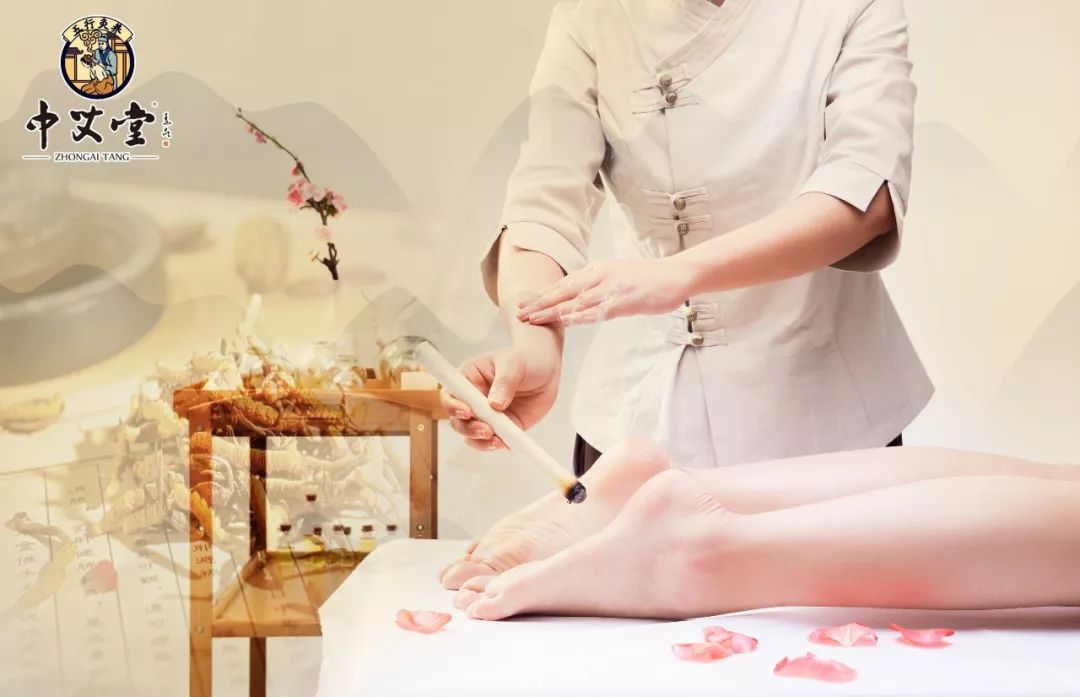 2. Moxibustion can improve the blood rheology of blood stasis syndrome.The formation of blood stasis syndrome is closely related to the blood system, especially the platelet, fibrinolytic, and anticoagulant systems. When blood stasis occurs, blood viscosity increases, and flowability decreases, presenting as a concentrated, viscous, coagulated, and aggregated state. The effective perfusion of blood decreases, affecting the movement of qi and blood.Experimental observations have shown that moxibustion can reduce blood viscosity, red blood cell aggregation index, and hematocrit in rats with cold coagulation blood stasis, promote local and systemic qi and blood circulation, improve blood rheology, open the meridians, invigorate qi and blood, correct ischemia and hypoxia caused by blood stasis, and improve blood circulation and microcirculation disorders, thus treating blood rheological abnormalities and maintaining normal physiological activities of tissues and organs.3. Moxibustion can correct the metabolic disturbances of free radicals during blood stasis.Blood stasis can lead to an increase in free radicals in the body and a decrease in their clearance ability, causing metabolic disturbances.Modern medical research shows that the accumulation of free radicals can damage tissue cells, leading to various pathological changes. The attack of free radicals and lipid peroxidation reactions can cause red blood cell and platelet aggregation, as well as blood rheology and microcirculation disorders.This experiment and previous studies have observed that moxibustion on the “Shen Shu” point can reduce or block the excessive production and release of oxygen free radicals during blood stasis, increase SOD activity (SOD is an important free radical scavenger in the body), and improve the metabolic disturbances of oxygen free radicals during blood stasis.4. Moxibustion can regulate the imbalance of endothelin ET, NO, and vascular function activities in blood stasis syndrome.ET has a strong vasoconstrictive effect, while NO has a vasodilatory effect; the imbalance of ET and NO is the pathological basis of blood stasis syndrome.Experimental results show that cold coagulation blood stasis increases ET and decreases NO, leading to vasoconstriction and blood stagnation, which can cause blood cell aggregation.Moxibustion can reduce the plasma ET content, increase NO levels, thereby reducing vascular tension, alleviating ischemia and hypoxia, improving endothelial cell secretion function, and correcting the imbalance of ET and NO, thus facilitating the regulation of vascular function and improving blood rheology, reducing the severity of blood stasis syndrome, and promoting recovery, achieving the effects of warming the meridians, invigorating blood, resolving stasis, and balancing yin and yang.5. Moxibustion can inhibit inflammatory cytokines and enhance or regulate immune function.Experimental results found that moxibustion can inhibit the production and release of inflammatory mediators such as TNF and IL-1, exerting anti-inflammatory effects. At the same time, moxibustion can restore and promote the activity of splenic lymphocytes in rats, increase thymus index, and induce endogenous IL-2, demonstrating immune-enhancing and regulatory effects.
2. Moxibustion can improve the blood rheology of blood stasis syndrome.The formation of blood stasis syndrome is closely related to the blood system, especially the platelet, fibrinolytic, and anticoagulant systems. When blood stasis occurs, blood viscosity increases, and flowability decreases, presenting as a concentrated, viscous, coagulated, and aggregated state. The effective perfusion of blood decreases, affecting the movement of qi and blood.Experimental observations have shown that moxibustion can reduce blood viscosity, red blood cell aggregation index, and hematocrit in rats with cold coagulation blood stasis, promote local and systemic qi and blood circulation, improve blood rheology, open the meridians, invigorate qi and blood, correct ischemia and hypoxia caused by blood stasis, and improve blood circulation and microcirculation disorders, thus treating blood rheological abnormalities and maintaining normal physiological activities of tissues and organs.3. Moxibustion can correct the metabolic disturbances of free radicals during blood stasis.Blood stasis can lead to an increase in free radicals in the body and a decrease in their clearance ability, causing metabolic disturbances.Modern medical research shows that the accumulation of free radicals can damage tissue cells, leading to various pathological changes. The attack of free radicals and lipid peroxidation reactions can cause red blood cell and platelet aggregation, as well as blood rheology and microcirculation disorders.This experiment and previous studies have observed that moxibustion on the “Shen Shu” point can reduce or block the excessive production and release of oxygen free radicals during blood stasis, increase SOD activity (SOD is an important free radical scavenger in the body), and improve the metabolic disturbances of oxygen free radicals during blood stasis.4. Moxibustion can regulate the imbalance of endothelin ET, NO, and vascular function activities in blood stasis syndrome.ET has a strong vasoconstrictive effect, while NO has a vasodilatory effect; the imbalance of ET and NO is the pathological basis of blood stasis syndrome.Experimental results show that cold coagulation blood stasis increases ET and decreases NO, leading to vasoconstriction and blood stagnation, which can cause blood cell aggregation.Moxibustion can reduce the plasma ET content, increase NO levels, thereby reducing vascular tension, alleviating ischemia and hypoxia, improving endothelial cell secretion function, and correcting the imbalance of ET and NO, thus facilitating the regulation of vascular function and improving blood rheology, reducing the severity of blood stasis syndrome, and promoting recovery, achieving the effects of warming the meridians, invigorating blood, resolving stasis, and balancing yin and yang.5. Moxibustion can inhibit inflammatory cytokines and enhance or regulate immune function.Experimental results found that moxibustion can inhibit the production and release of inflammatory mediators such as TNF and IL-1, exerting anti-inflammatory effects. At the same time, moxibustion can restore and promote the activity of splenic lymphocytes in rats, increase thymus index, and induce endogenous IL-2, demonstrating immune-enhancing and regulatory effects.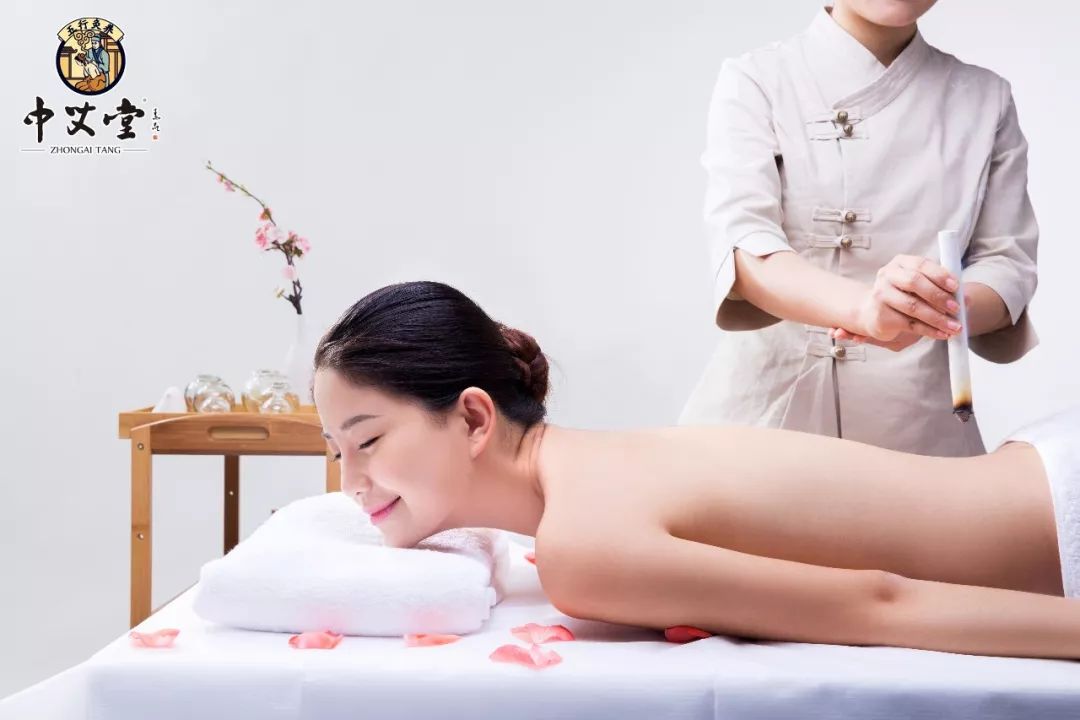 6. Moxibustion adjusts central nervous system neurotransmitters in blood stasis syndrome, stabilizing the internal environment of the body.NE and DA are central adrenergic neurotransmitters; during cold coagulation stress, the massive release of NE and DA can cause capillary constriction and spasm, exacerbating microcirculation disorders.Moxibustion can reduce the levels of NE and DA, improving capillary spasms, platelet aggregation, and microcirculation disorders caused by blood stasis.※ SummaryExperimental evidence confirms that moxibustion has a blood-invigorating and stasis-resolving effect, which is effective not only for cold coagulation blood stasis but also improves conditions such as qi deficiency, heat toxins, and blood deficiency with blood stasis.※ Methods to Resolve Blood Stasis:Moxibustion can warm and open the meridians, invigorate blood and resolve stasis, and the body has several acupoints that promote blood circulation, similar to Angelica (Dang Gui), Motherwort (Yi Mu Cao), and Notoginseng (Tian Qi). These points are interconnected and closely related to the internal organs.
6. Moxibustion adjusts central nervous system neurotransmitters in blood stasis syndrome, stabilizing the internal environment of the body.NE and DA are central adrenergic neurotransmitters; during cold coagulation stress, the massive release of NE and DA can cause capillary constriction and spasm, exacerbating microcirculation disorders.Moxibustion can reduce the levels of NE and DA, improving capillary spasms, platelet aggregation, and microcirculation disorders caused by blood stasis.※ SummaryExperimental evidence confirms that moxibustion has a blood-invigorating and stasis-resolving effect, which is effective not only for cold coagulation blood stasis but also improves conditions such as qi deficiency, heat toxins, and blood deficiency with blood stasis.※ Methods to Resolve Blood Stasis:Moxibustion can warm and open the meridians, invigorate blood and resolve stasis, and the body has several acupoints that promote blood circulation, similar to Angelica (Dang Gui), Motherwort (Yi Mu Cao), and Notoginseng (Tian Qi). These points are interconnected and closely related to the internal organs. Key acupoints for blood-invigorating and stasis-resolving moxibustion: San Yin Jiao (Three Yin Intersection), Ge Shu (Diaphragm Back), Xue Hai (Blood Sea), Qu Chi (Pool at the Bend), Fu Liu (Reversion Flow). Moxibustion at these points, utilizing the warming effect of moxibustion, can promote blood circulation throughout the body and resolve stasis.Recommendation: It is best to seek medical advice for syndrome differentiation and treatment. If combined with guasha, cupping, tui na, and herbal decoctions for comprehensive adjustment, the effects will be faster and better!
Key acupoints for blood-invigorating and stasis-resolving moxibustion: San Yin Jiao (Three Yin Intersection), Ge Shu (Diaphragm Back), Xue Hai (Blood Sea), Qu Chi (Pool at the Bend), Fu Liu (Reversion Flow). Moxibustion at these points, utilizing the warming effect of moxibustion, can promote blood circulation throughout the body and resolve stasis.Recommendation: It is best to seek medical advice for syndrome differentiation and treatment. If combined with guasha, cupping, tui na, and herbal decoctions for comprehensive adjustment, the effects will be faster and better!
Traditional Moxibustion Hall, your moxibustion expert nearby!

END
Submission email for Traditional Moxibustion Hall:
Related articles review (click text to jump):
☃In summer, be sure to moxibust the abdomen, all diseases will…
For more related articles, please search in the public account
☃ Article search guide

